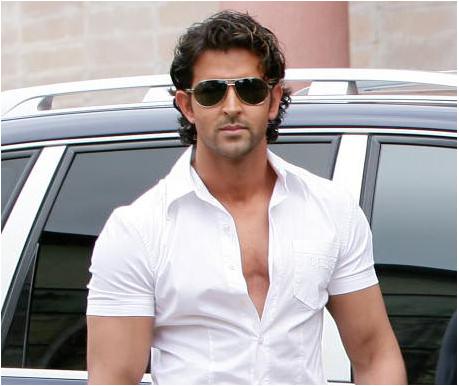When beginning any type of fitness regimen, the goal is usually to make some sort of progress. Otherwise, what are you putting all that effort into? Measuring progress is important to knowing improvement and providing encouragement to stick with our goals.
How you decide to measure your progress is also very important. You wouldn’t use a thermometer to measure how long it takes you to run a mile, right?
We’re going to take a focus on measurements of health and fitness/appearance. Following is a list of a few indicators, their parameters, objectives, and how to use them. Keep in mind that the objectivity of an indicated measurement is defined as the reading’s independence from individual perception.
For example, weight is objective in that the scale shows you weight 180 pounds and it will continue to say that regardless of how much you want it to say something different. Another thing to keep in mind is that the accuracy of a measurement is defined as its ability to indicate body composition, for example, the percentage of fat you carry.
Weight – An example of an assumption about weight is that a heavier person has more fat. The scale is very objective, but very inaccurate. How much a person weighs gives no information on that person’s body composition.
Body Mass Index (BMI) – An assumption about BMI is that if two people are the same weight, then the shorter person is fatter. Very similar to weight, BMI is very objective, but not accurate. BMI also gives no information about body composition, and doesn’t take into account whether or not a person has lean mass.
Measuring with a Measuring Tape – An assumption about this type of measurement is that a smaller girth (waist maybe) means a leaner person. This type of measurement is fairly objective and slightly inaccurate. Girth measurements do not measure body composition, although they can tell you whether or not you are getting bigger or smaller.
Picture – An assumption about a photo is that if someone looks lean, they are lean. This type of measurement is somewhat objective and also somewhat inaccurate. The results from a picture are affected by the camera, photographer, and lighting.
The only way pictures would be an effective measurement, is if all angles of the photo shoot were kept constant at each session.
How you decide to measure your progress is also very important. You wouldn’t use a thermometer to measure how long it takes you to run a mile, right?
We’re going to take a focus on measurements of health and fitness/appearance. Following is a list of a few indicators, their parameters, objectives, and how to use them. Keep in mind that the objectivity of an indicated measurement is defined as the reading’s independence from individual perception.
For example, weight is objective in that the scale shows you weight 180 pounds and it will continue to say that regardless of how much you want it to say something different. Another thing to keep in mind is that the accuracy of a measurement is defined as its ability to indicate body composition, for example, the percentage of fat you carry.
Weight – An example of an assumption about weight is that a heavier person has more fat. The scale is very objective, but very inaccurate. How much a person weighs gives no information on that person’s body composition.
Body Mass Index (BMI) – An assumption about BMI is that if two people are the same weight, then the shorter person is fatter. Very similar to weight, BMI is very objective, but not accurate. BMI also gives no information about body composition, and doesn’t take into account whether or not a person has lean mass.
Measuring with a Measuring Tape – An assumption about this type of measurement is that a smaller girth (waist maybe) means a leaner person. This type of measurement is fairly objective and slightly inaccurate. Girth measurements do not measure body composition, although they can tell you whether or not you are getting bigger or smaller.
Picture – An assumption about a photo is that if someone looks lean, they are lean. This type of measurement is somewhat objective and also somewhat inaccurate. The results from a picture are affected by the camera, photographer, and lighting.
The only way pictures would be an effective measurement, is if all angles of the photo shoot were kept constant at each session.












